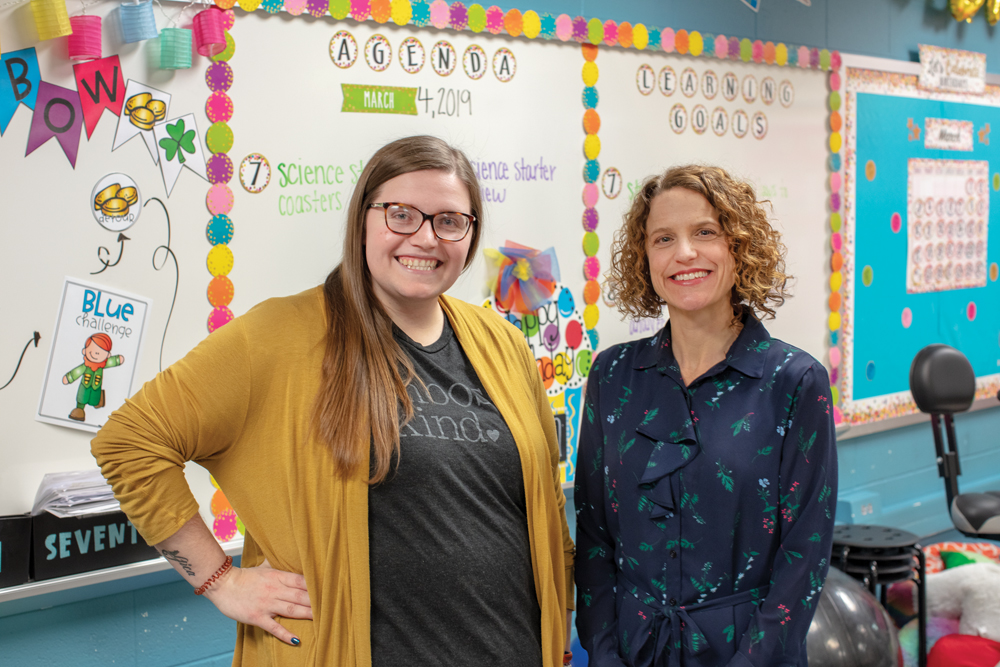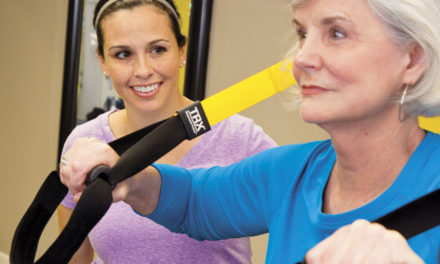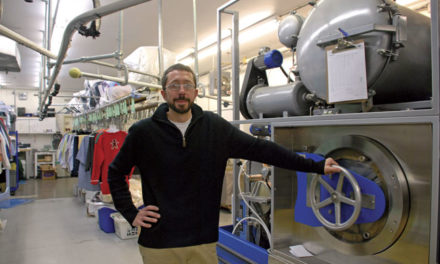
BY JANET MANDELSTAM
Kara Cheslock has a new acronym in her teaching toolkit. A science teacher at Batchelor Middle School, Cheslock was in the first cohort of Monroe County Community School Corporation teachers to participate in a state-mandated suicide awareness and prevention training program.
“One thing that stuck with me from the training,” she says, “is the acronym QPR: Question, Persuade, Refer.” It’s an evidence-based protocol for recognizing the warning signs of a potential suicide crisis, opening a supporting dialogue, and referring someone for help.
Suicide has been the second-leading cause of death among adolescents in Indiana since 2009, according to the Department of Health’s Youth Risk Behavior Survey. In 2017, the Indiana State Legislature ordered all schools to offer at least two hours of training for teachers and other staff members every three years. All teachers in grades five through eight took the training in November. High school teachers are scheduled to take the training in May.
The curriculum starts with awareness. “Teachers are informed about the prevalence of suicide and what the risk factors are,” says Rebecca Rose, director of student services. “If a student shows warning signs, the teachers learn how to question them. It’s important to ask the question. That’s not putting a thought in their heads; they will feel relieved that someone asked them.”
Rose says teachers also are taught to look for “protective factors, such as close relationships the students may have or people who can support them, and what we can do to increase those protective factors.” School social workers and counselors generally are the first line of referral, she says.
The course is taught by Rose, who is a certified suicide-awareness trainer and a member of the Monroe County Suicide Prevention Coalition, and by a therapist sponsored by the coalition.
“One thing I was reminded of at the training was to really pay attention to the behavior of your students,” Cheslock says. “Noticing the signs and feeling prepared to respond is important for our students.”











